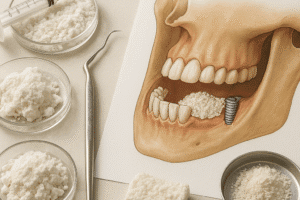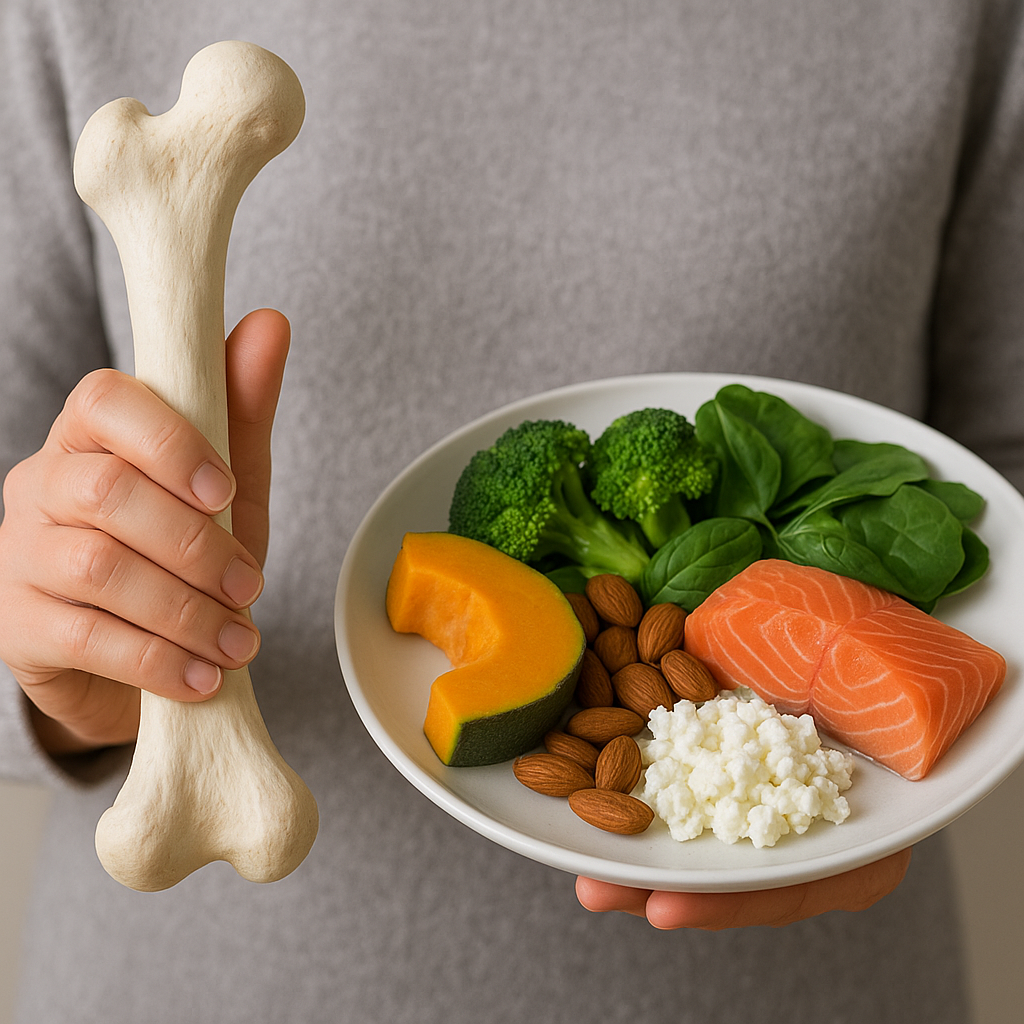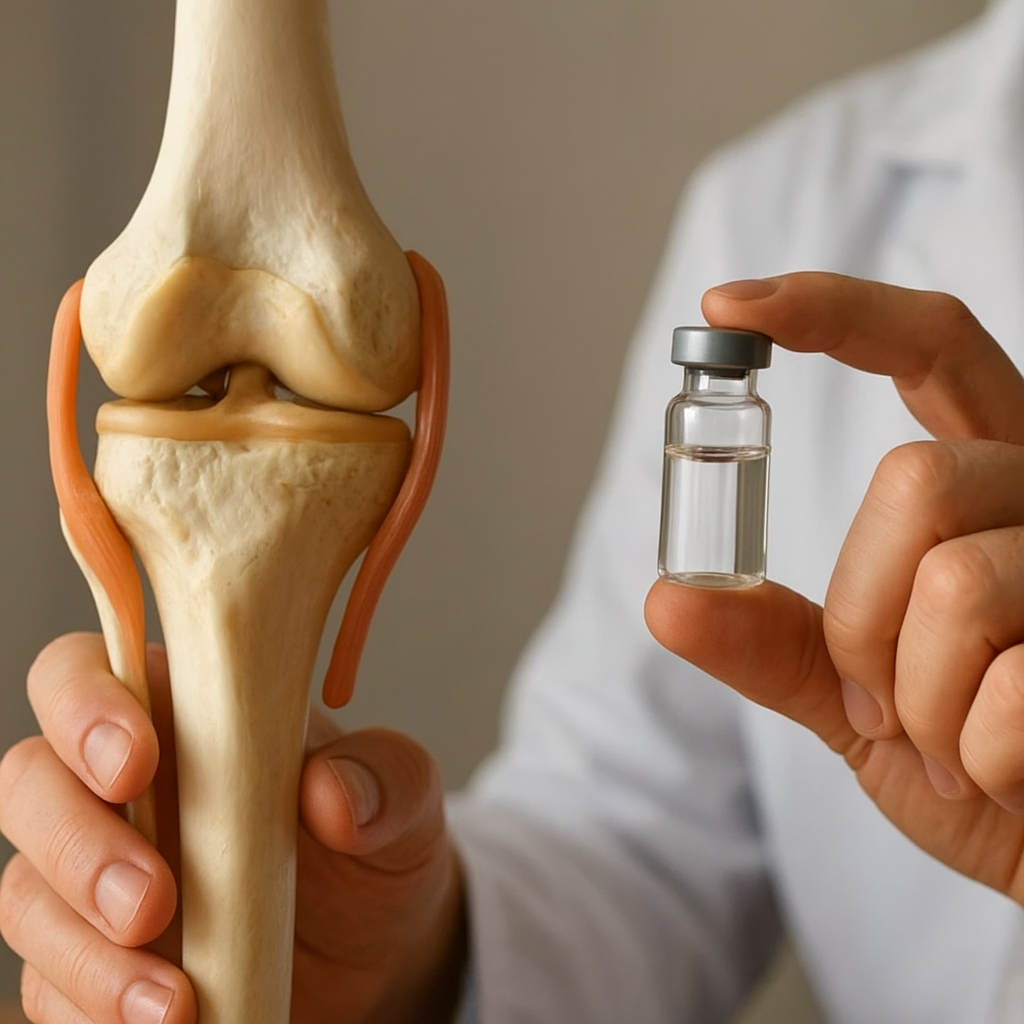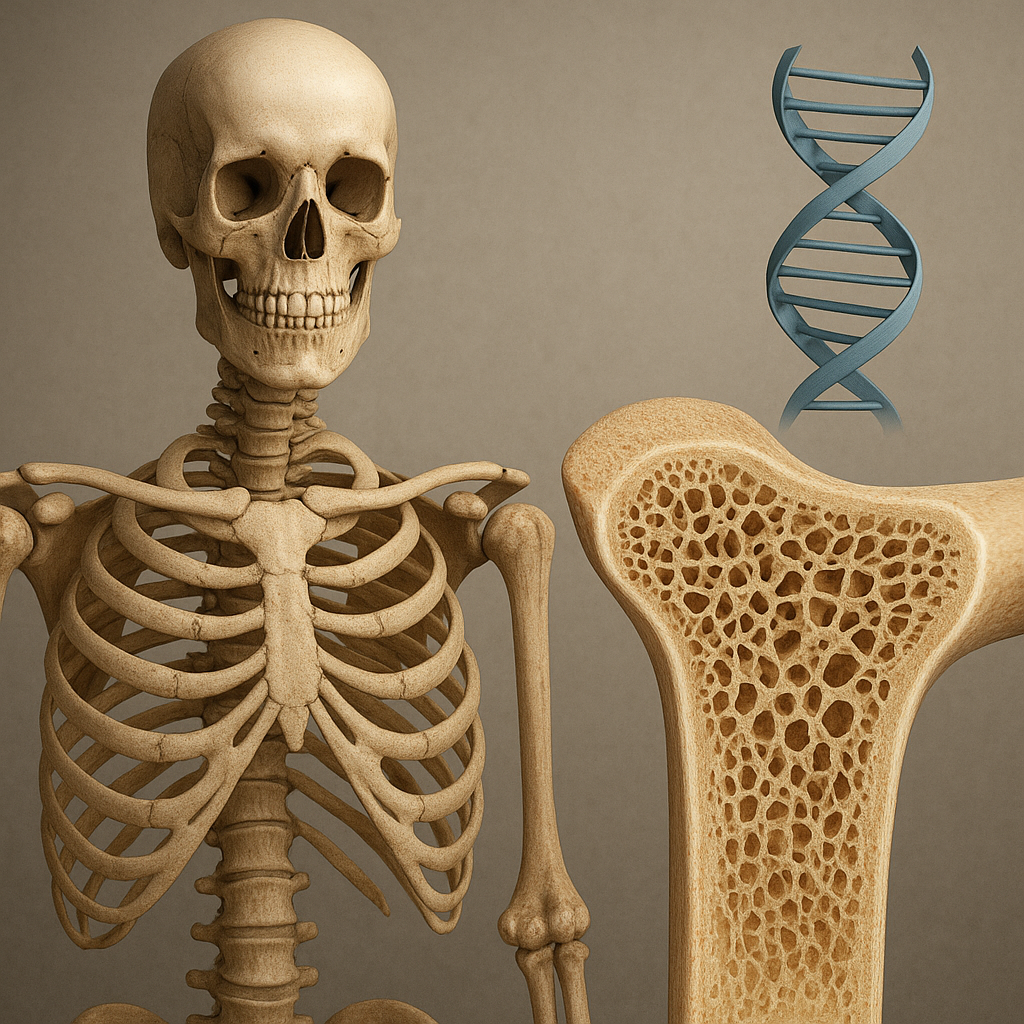The intricate relationship between bones and muscles is fundamental to the human body’s ability to move and function effectively. This partnership is not merely a mechanical one; it is a complex interplay that involves various biological processes, adaptations, and responses to physical demands. Understanding how bones and muscles work together can provide insights into human anatomy, movement, and even the prevention of injuries. This article will explore the anatomy of bones and muscles, their functions, and how they collaborate to facilitate movement and maintain overall health.
Anatomy of Bones and Muscles
The human skeleton is composed of 206 bones that provide structure, support, and protection for the body’s organs. Bones are dynamic tissues that undergo constant remodeling, adapting to the stresses placed upon them. They are categorized into two main types: compact bone, which is dense and forms the outer layer, and spongy bone, which is lighter and found within the interior. Bones are connected to each other at joints, where they allow for a range of movements.
Muscles, on the other hand, are soft tissues that have the ability to contract and relax. There are three types of muscle tissue in the human body: skeletal, smooth, and cardiac. Skeletal muscles are the most relevant in the context of movement, as they are attached to bones via tendons and are responsible for voluntary movements. These muscles work in pairs; when one muscle contracts, the opposing muscle relaxes, allowing for smooth and coordinated movement.
The Structure of Bones
Bones are made up of a matrix of collagen fibers and mineral deposits, primarily calcium phosphate, which gives them strength and rigidity. The outer layer of bone, known as the periosteum, is a dense layer of connective tissue that contains blood vessels and nerves. Inside, the bone is structured into a network of trabecular (spongy) bone and cortical (compact) bone, which provides both strength and lightness.
- Long Bones: These bones, such as the femur and humerus, are longer than they are wide and are crucial for movement and support.
- Short Bones: Found in the wrists and ankles, these bones provide stability and support with little movement.
- Flat Bones: Bones like the skull and ribs protect vital organs and provide surfaces for muscle attachment.
- Irregular Bones: These bones, such as the vertebrae, have complex shapes that serve various functions.
The Structure of Muscles
Skeletal muscles are composed of muscle fibers, which are long, cylindrical cells that can contract. Each muscle fiber contains myofibrils, which are further divided into sarcomeres—the basic units of muscle contraction. The contraction of these sarcomeres is facilitated by the interaction of two proteins: actin and myosin. When a muscle receives a signal from the nervous system, these proteins slide past each other, causing the muscle to shorten and generate force.
- Muscle Fiber Types: There are two main types of muscle fibers: Type I (slow-twitch) fibers, which are more endurance-oriented, and Type II (fast-twitch) fibers, which are geared towards short bursts of strength and speed.
- Motor Units: A motor unit consists of a motor neuron and the muscle fibers it innervates. The recruitment of motor units allows for varying levels of muscle contraction.
How Bones and Muscles Work Together
The relationship between bones and muscles is primarily mechanical, as muscles pull on bones to create movement. This interaction is governed by the principles of biomechanics, which study the forces exerted by muscles and the resulting movements of bones. When a muscle contracts, it exerts a force on the tendon, which then pulls on the bone, resulting in movement at the joint.
Types of Movements
There are several types of movements that occur as a result of the collaboration between bones and muscles:
- Flexion and Extension: Flexion decreases the angle between two body parts, while extension increases it. For example, bending the elbow is flexion, while straightening it is extension.
- Abduction and Adduction: Abduction moves a limb away from the midline of the body, while adduction brings it closer. Raising the arms to the side is abduction, while lowering them back is adduction.
- Rotation: This movement involves turning a body part around its axis. For instance, turning the head from side to side is a rotational movement.
- Circumduction: This is a circular movement that combines flexion, extension, abduction, and adduction, such as moving the arm in a circular motion.
The Role of Joints
Joints are the points where two or more bones meet, and they play a crucial role in facilitating movement. There are several types of joints, each allowing for different ranges of motion:
- Ball-and-Socket Joints: These joints, such as the shoulder and hip, allow for a wide range of movement in multiple directions.
- Hinge Joints: Found in the elbows and knees, these joints permit movement in one direction, similar to the motion of a door hinge.
- Pivot Joints: These joints, like the one in the neck, allow for rotational movement around a single axis.
- Gliding Joints: These joints, found in the wrists and ankles, allow for sliding movements between flat surfaces.
The Importance of Strengthening Bones and Muscles
Maintaining the health of bones and muscles is essential for overall well-being and mobility. Regular physical activity, particularly weight-bearing exercises, can strengthen bones and improve muscle function. This is crucial for preventing conditions such as osteoporosis, which leads to weakened bones, and sarcopenia, the age-related loss of muscle mass.
Exercise and Its Benefits
Engaging in regular exercise has numerous benefits for both bones and muscles:
- Bone Density: Weight-bearing exercises stimulate bone formation and increase bone density, reducing the risk of fractures.
- Muscle Strength: Resistance training enhances muscle strength and endurance, improving overall physical performance.
- Joint Health: Exercise promotes joint flexibility and stability, reducing the risk of injuries and joint-related issues.
- Balance and Coordination: Activities that challenge balance, such as yoga or tai chi, can enhance coordination and prevent falls.
Nutrition for Bone and Muscle Health
In addition to exercise, proper nutrition plays a vital role in maintaining healthy bones and muscles. Key nutrients include:
- Calcium: Essential for bone health, calcium can be found in dairy products, leafy greens, and fortified foods.
- Vitamin D: This vitamin aids in calcium absorption and can be obtained through sunlight exposure and certain foods like fatty fish and fortified dairy.
- Protein: Important for muscle repair and growth, protein sources include meat, fish, eggs, legumes, and dairy products.
- Magnesium and Phosphorus: These minerals support bone structure and can be found in nuts, seeds, whole grains, and dairy.
Conclusion
The relationship between bones and muscles is a remarkable example of how different systems in the body work together to facilitate movement and maintain health. Understanding this relationship can help individuals appreciate the importance of physical activity and proper nutrition in promoting strong bones and muscles. By prioritizing exercise and a balanced diet, we can enhance our physical capabilities, prevent injuries, and improve our overall quality of life. As we continue to learn more about the complexities of human anatomy, it becomes increasingly clear that the synergy between bones and muscles is essential for a healthy, active lifestyle.













